Slowtwitch Mailbag – 2
This is our second edition of the revived and revamped Slowtwitch Mailbag. For full details on how it works, please click HERE.
How do you go about submitting a question? Send an email to: Mailbag (at) Slowtwitch (dot) com. Yes, type it out like a normal email address.
We will publish Mailbag responses every 1-2 weeks.
Fan asks, “I am relatively new to the sport of cycling and was wondering if there was any sort of best practice in terms how I should think about sequencing upgrades and/or investments into my bike.
Said another way, assuming that I am properly fitted onto a frame with reasonable aerodynamic properties what are the subsequent investments that I should make that will give me the most ‘bang-for-the-buck’ in terms of aero gains and/or improved training capabilities.
Too often in triathlon I think we get fixated on the latest and newest gear out in the market and I am looking to the experts here for a little bit of guidance on what are the most valuable investments that a triathlete should make recognizing that at a certain point one could be spending greater than several hundred dollars for some carbon fiber shindig that saves you 200 grams.”
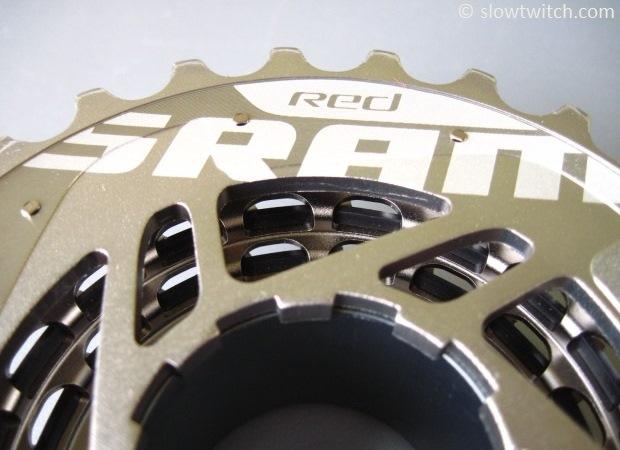
We actually received a couple more questions very similar to this. Should I invest in equipment or a coach? Massage or PT? Race wheels or an aero frame? It appears that our readers are interested in going fast, but they’re working with a limited budget. Sound like someone you know… like, almost every one of us? All of the questions that we received in this regard were fairly general, so we will attempt to keep the response similarly focused.
I’ll start very basic. There are some ways you might categorize the ‘areas of speed’ for cycling:
1) Biomechanical – equipment. This includes, but is not limited to, things like bike fit coordinates, crank length, pedal style (float, etc), chainring shape, aerobar pad thickness and surface area, saddle shape and firmness, bar tape, base bar shape, shoe size and style, and so on. What are the physical parts of the bike that you interact with? What are the contact points upon which your body must posture itself?
2) Biomechanical – body. This is a huge can of worms, so I’ll keep it simple. How functional are you? How well do you move? Your bike fit coordinates can be set perfectly, but if you had an old football injury that left you with a hitch in your pedalstroke, you’re not using that bike fit to its full potential. You’re trying to hot-rod the aerobic engine with training, but the car has a flat tire (your limited hip motion and the subsequent ‘hitch’).
3) Aerodynamics. This should be pretty self-explanatory. We’re talking position, helmets, clothing, wheels, frames, and all of that good stuff.
4) Mechanical resistance. Rolling resistance of your tires, bearing resistance in your wheels, derailleur pulleys, and bottom bracket. Also – weight of you and your bike.
5) Mechanical soundness. Does your bike work? Will it break mid-race? While not a direct factor in rolling speed, it should go without saying that this can hugely affect race outcome if something goes awry.
6) Training – physical. Your training, racing, and recovery schedule.
7) Training – mental. Are you crazy?! Do you need help? While I say that tongue-in-cheek, you know what I’m talking about. You’ve got to have it together in your head, too.
Sound like a lot? It sure is. You could probably come up with several more categories (or rename my examples into different groupings). This reader gets bonus points for opening the door a little bit wider beyond just ‘aero’ or ‘weight’ to 'training capabilities'. It’s always easy to focus only on the equipment, so I’ll touch on that first.
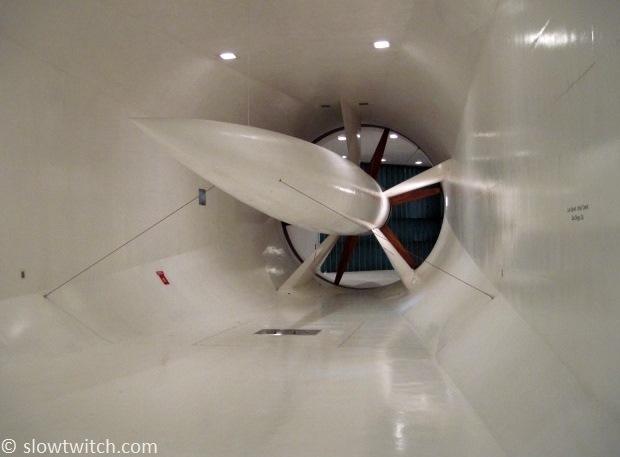
While data is valuable and always important, we also have to look at the source – is the data coming from an equipment manufacturer in an advertisement? We hope that their data is objective, but we cannot control the way in which it is presented – which can skew our understanding. For this reason, I chose not to seek out a response from one of the companies that makes such equipment. You’re stuck with me.
Looking at #3 and #4 above (aerodynamics and mechanical resistance), I prioritize in this approximate order:
#1: Bike fit
#2: Clothing and helmet
#3: Wheels, tires, inner tubes, hydration
#4: Everything else: frame, handlebars, fancy brakes, cable routing, bearing resistance, chainrings, brake levers, and so on.
Someone WILL argue against my order above; resist the urge to overthink it and suffer ‘paralysis by analysis’. If there was one single (and easy) path to success, everyone would be doing it. Most top professionals that are successful right now started out with less-than-perfect equipment.
How you prioritize within my approximate order can be based on budget. Perhaps you can afford a bike fit and tight-fitting jersey, but don’t have the cash for wheels yet. Get a set of nice tires and latex tubes instead, and buy the wheels next year. You also have to take into account that something like frame choice is necessarily tied to multiple other areas, such as bike fit and mechanical soundness. If budget is paramount, I most certainly would suggest shopping for a lower-spec frame (i.e. with Shimano 105 and standard brakes – instead of Di2 and integrated brakes), and saving the extra money for other things that are higher on the speed list. It may also be helpful to think about the situation in two ways – 1) How you interact with your equipment (contact points, crank length, pedal stroke smoothness, shoe sizing), and 2) How your equipment interacts with the rest of the world (aerodynamics, rolling resistance, tire grip, and so on). You would be wise to not spend all your money on only one half of the equation.
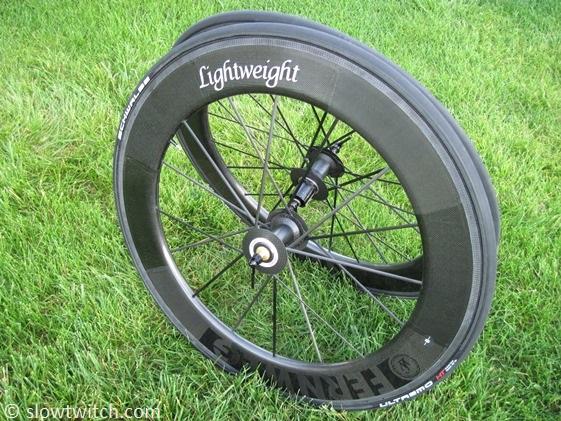
Beyond equipment, each individual will need to figure out what they need the most help with. Do you know anything about training? Have you ever hired a coach or used a power meter? Doing so could gain you many more watts than that new pair of wheels. How is your nutrition? Are you having GI distress during races? Stomach cramps could cost you much more than a non-aero helmet.
Clearly there is much more going on than we can cover in a single article. I also don’t claim to have all the answers or do everything perfect myself. I simply advise you to consider all factors in speed before plunking down your cash. If you’re doing everything else right – nutrition, recovery, you’re comfortable on your saddle, your training schedule is resulting in improvement, you’re happy-and-healthy – a piece of high tech gear could be the logical next step. Your money might also be better spent on physical therapy, a sports psychologist, a new chain, or even a cyclocross bike that will keep you riding year-round. If you’re honest with yourself, it’s hard to go wrong.
If you’re seeking more specific information about equipment, it is best to make your question(s) as specific as possible.
—
Keith asks, “I am interested in knowing the advantages/disadvantages of Average Power vs. Normalized Power, and how to best apply that to racing a long distance course, specifically related to a hilly vs. flat course.
I am also interested in knowing how to attack a hilly or windy (i.e. increased resistance) course while using one of the power techniques above in order to assure, all things being equal, you don't bonk by expending too much up a hill or into a head wind.”
For this question, we went all the way to Joe Friel, co-founder of TrainingPeaks.com.

Joe responds,
“First of all, let’s cover a brief explanation of what these terms mean. Average power (AP) is a pretty common concept. It's just the total of all power data collection points from a ride or portion of a ride divided by the number of data points. Normalized power (NP) is a mathematical way of giving a greater emphasis to the power spikes or accelerations that normally occur while riding. The more spikes there are and the greater their magnitude, the higher NP will be relative to AP. The greater the difference between them, the less steady the ride was. The closer they are to being the same, the steadier the ride was. TrainingPeaks provides an easy way of comparing the two which is called 'Variability Index' (VI). VI is NP divided by AP. If they are exactly the same, meaning that the ride was very steady (had few spikes that were not high) then VI will be 1.0. As VI rises above 1.0 it indicates decreasing steadiness – more variability – in the pacing.
All of this has tremendous implications for the bike portion of a triathlon. Every time a triathlete accelerates and produces a power spike, more fuel is being used to drive the pedals than if the triathlete rode steadily, even if the average power was the same. Basically, a lot of spikes and excessively high spikes (a high VI) means a lot of wasted energy. For a triathlon I like to see the VI be less than 1.06. That reflects steady pacing and a wise use of energy which can result in a fast run. I sometimes see triathletes produce a VI much greater than 1.05. The highest I've ever seen was an Ironman athlete who had a VI of 1.23. That's what we'd typically find in a bike road race; they don't have to run after the bike is done. This triathlete had a fast bike split but walked the marathon. He wasted too much energy and created way too much fatigue on the bike.
Hills may cause the rider to go too hard producing lots of high spikes in a race and thus an excessively high VI. However, it doesn't have to be that way. On hills I tell athletes to climb with their power no higher than 2 zones above whichever power zone they are trying to average for the race. For example, in an Ironman it is common to race in power zone 2 (Coggan's system). That means that on a climb the rider could steadily go up in zone 4–depending on how long the climb is. In my new book, The Power Meter Handbook, I provide a table and suggested methods for determining how high the power zone can be on a hill and what length of time that zone should be held based on race distance. If the rider does this correctly VI will still be less than 1.06.
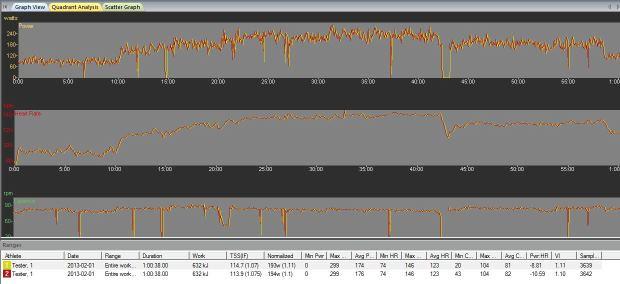
Wind is a bit different, and more challenging to deal with. There's no "summit" when the wind finally ends–until you change directions. So you could easily ride into a headwind for half the race. Or it could be just a few minutes that you are riding into the wind. How long you deal with it determines how hard to ride. If it's just a few minutes (how few is "few" depends on the duration of the race) then it's treated like a hill – the power zone is increased by two zones above one's goal power. If it's beyond a few minutes then no power adjustments are made. You simply ride at your intended race goal power into the wind knowing that you, and everyone else, will simply go slower for this portion of the course. Trying to ‘fight’ the wind by increasing your power for an extended period of time will take too great of a toll on your energy reserves.
Observing your VI throughout training rides is a great way to make sure you are pacing steadily. To do this (since head units typically don't have a VI display) just observe both AP and NP while keeping them within 5% of each other. If you do this (and get your Intensity Factor* right – that's a subject for another post), you will have a great ride and come off the bike ready to run.”
*Intensity Factor (IF) is the percentage of your threshold power that your NP represents. For example, if your threshold is 200 watts, a 150 NP ride returns a .75 IF. To properly pace your triathlon, you need to understand what your goal IF will be for the bike. Ironman athletes may find this related article on how to find your goal IF helpful:
http://blog.trainingpeaks.com/posts/2012/10/30/how-to-cheat-by-using-a-power-meter-in-an-ironman-by-joe-fri.html


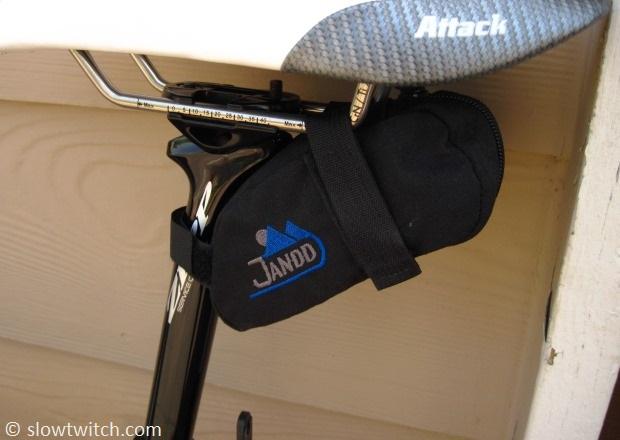

Start the discussion at slowtwitch.northend.network